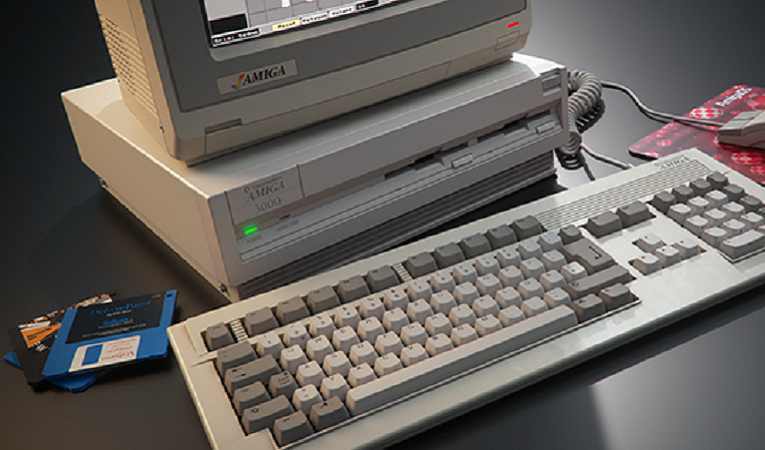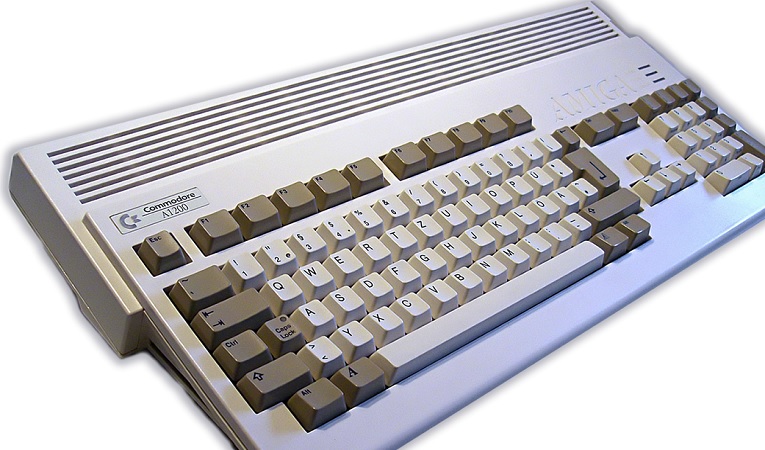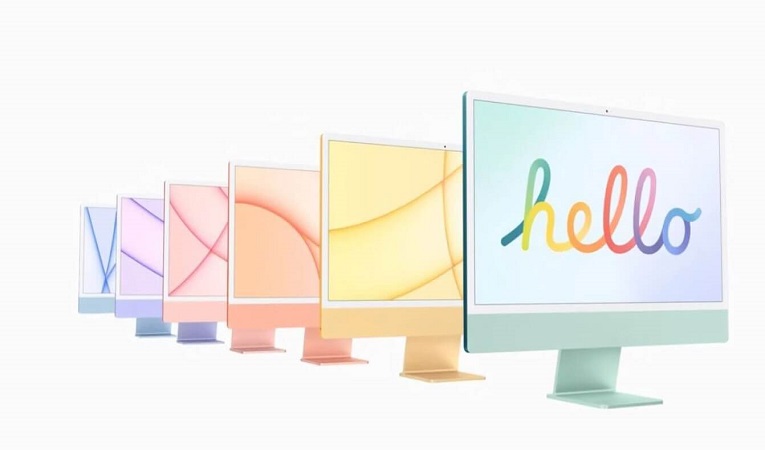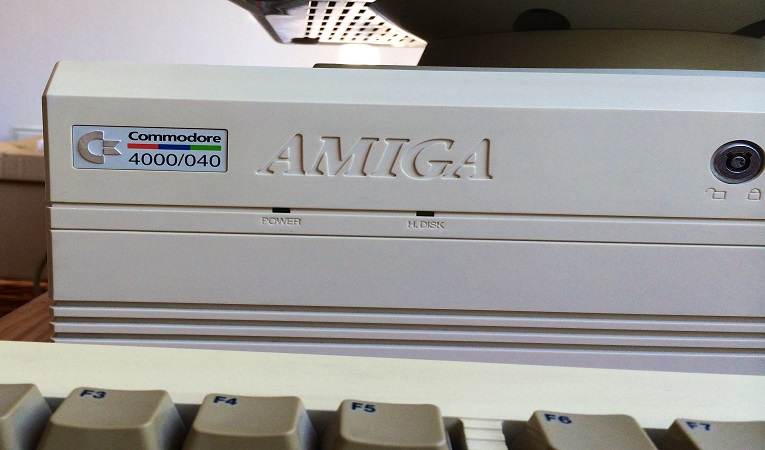
The Commodore Amiga 3000, is a Home Computer released by Commodore in June 1990. The Amiga 3000 was an extremely advanced, high-speed Home Computer. Incorporating all the unique features of earlier Amiga computers, the A3000 offerd a high-speed microprocessor, a numeric coprocessor, and additional input and output features for significantly enhanced computing speed and versatility. The A3000 was remarkably sophisticated and powerful for its time of release. The Amiga 3000 was aimed for the professional market and not for gamers mostly using Amiga 500 computers. A good example of this is a third-party manufacturer, Haitex Resources responsible for an inexpensive stereo image display interface for the Amiga. This stereo image display system consists of liquid crystal shutter goggles attached to a control module on one mouse/joystick port and synchronized at 60 Hz with alternating left/right screen displays. Several simple molecular graphics programs for the Amiga have been available in the public domain since 1988. The ease of video interfacing and the availability of stereo image display have stimulated several developers to begin assembling molecular modeling packages. At the National Biomedical Research Foundation the Amiga was tested as an inexpensive stereo-image color graphics workstation for molecular modeling, biopolymer sequence analysis and medical imaging. Back in the early 90s, the speed of the Amiga 3000 and its capabilities allowed excellent space-filling representations. The availability of cheap software-compatible home-computer versions of the Amiga placed interactive molecular graphics within the reach of many senior high-school students, undergraduates and graduate students.
news source: Pubmed / image source: Thomas Koch














